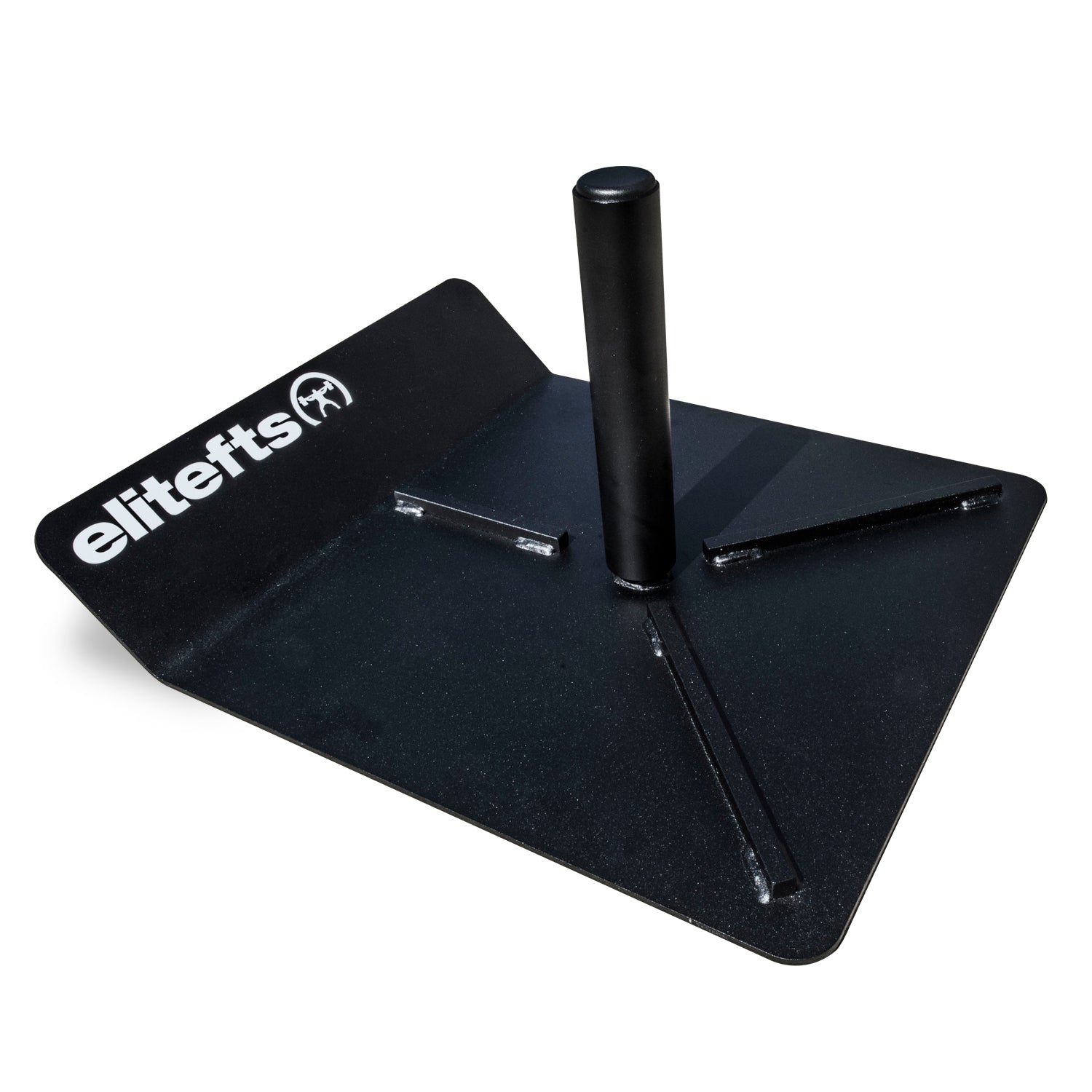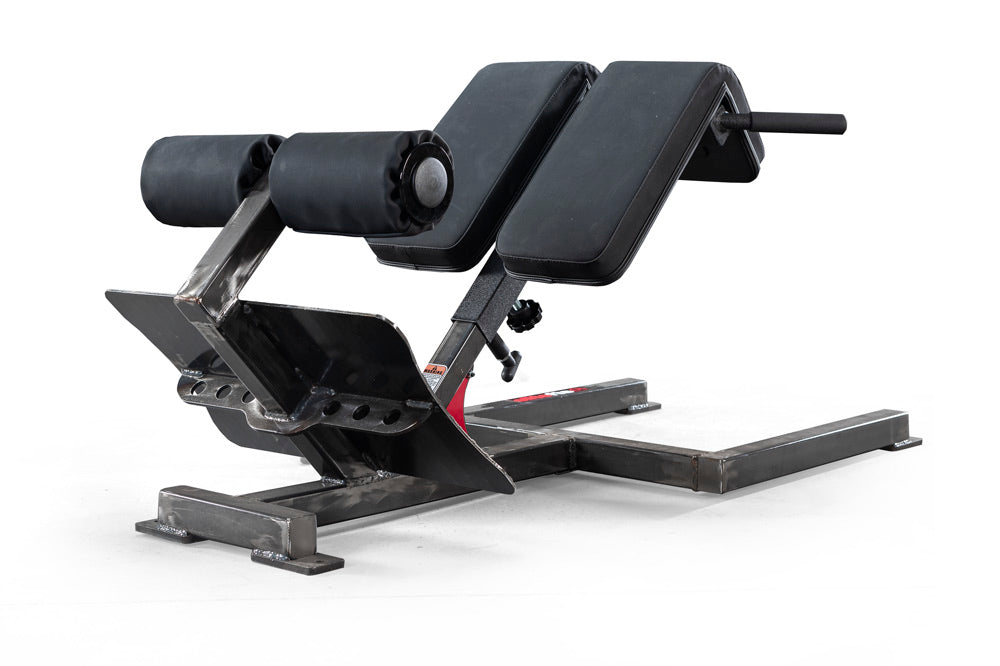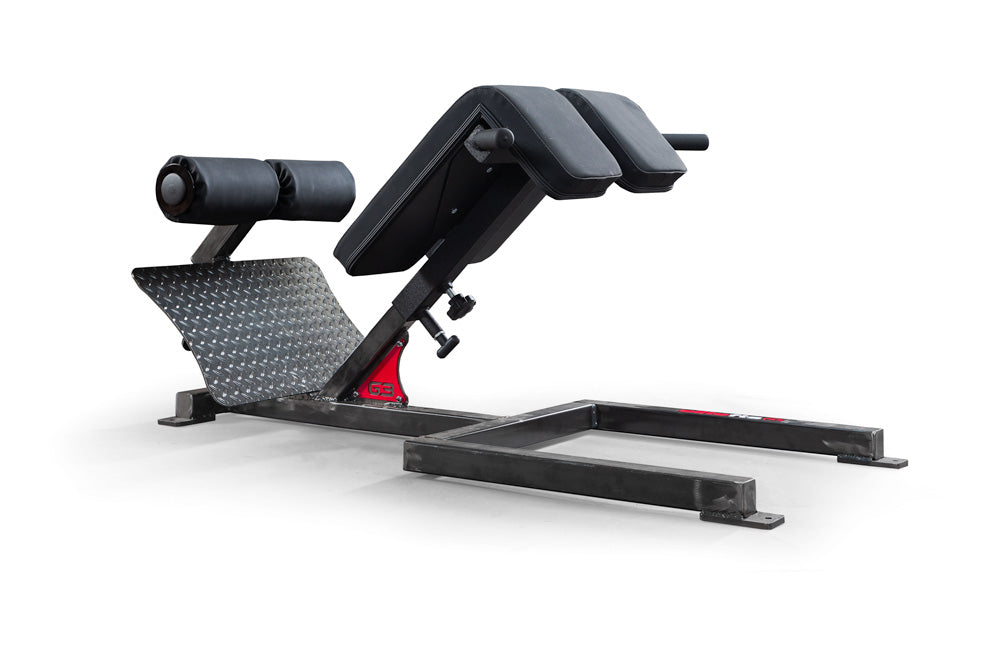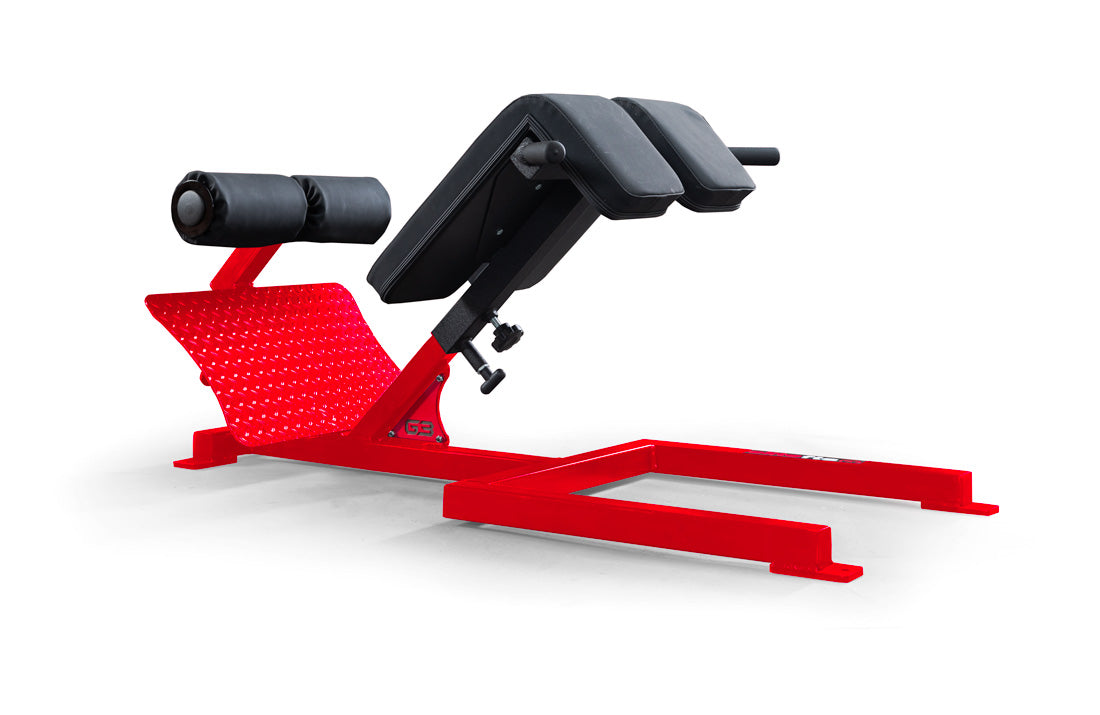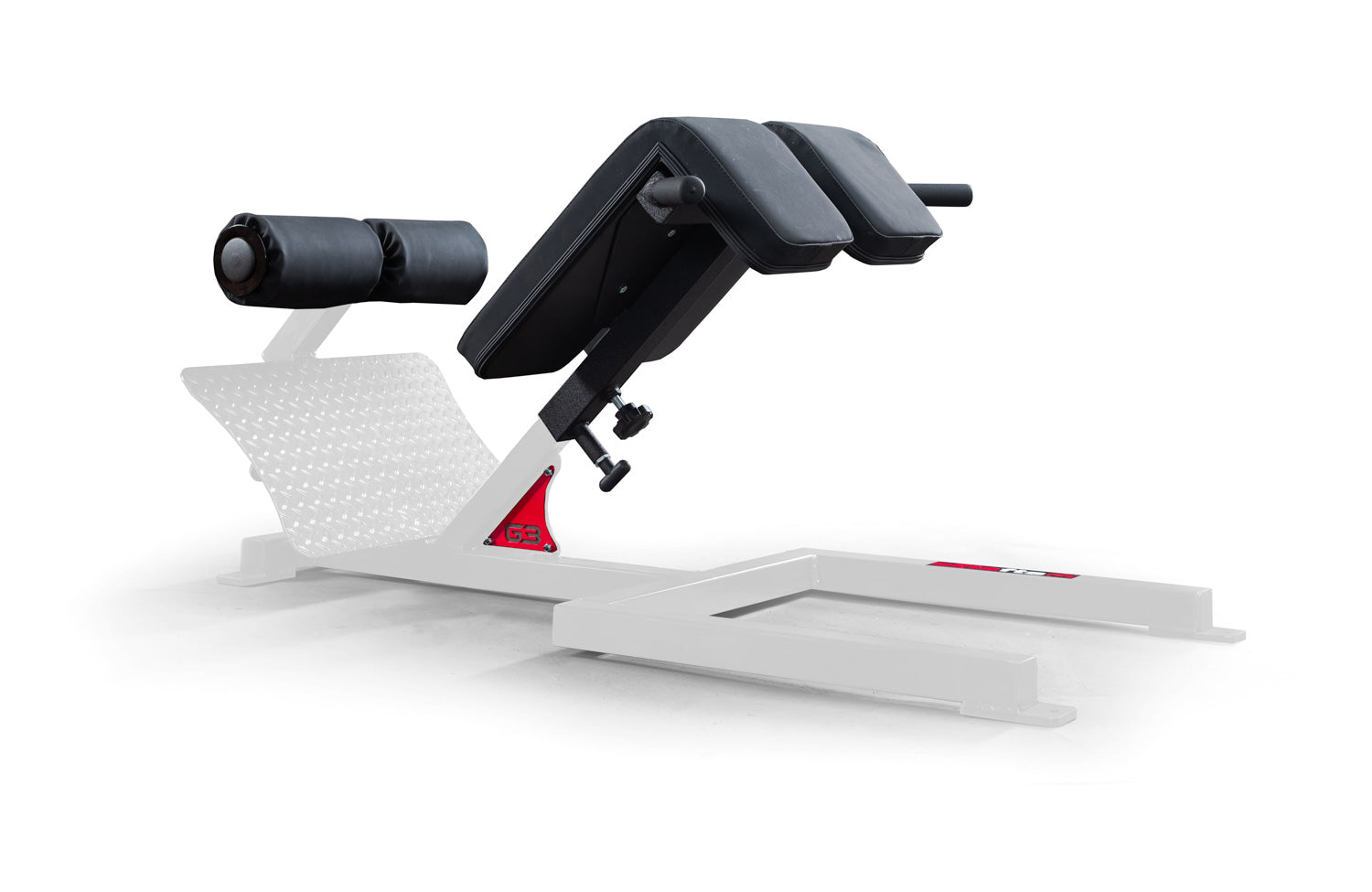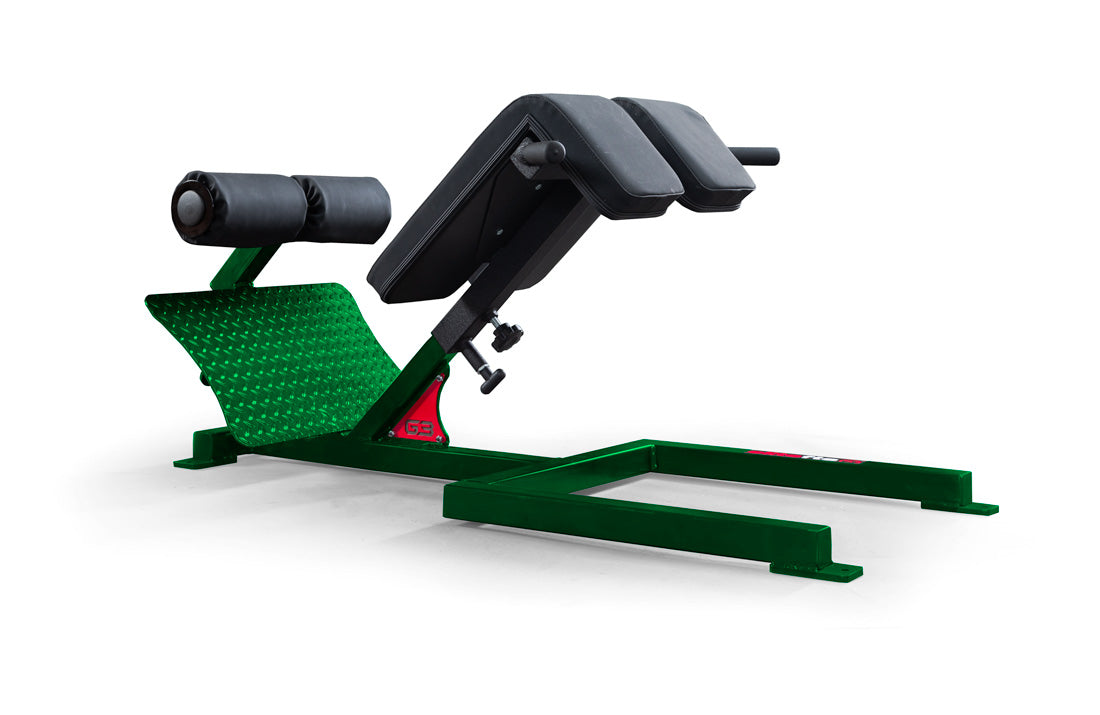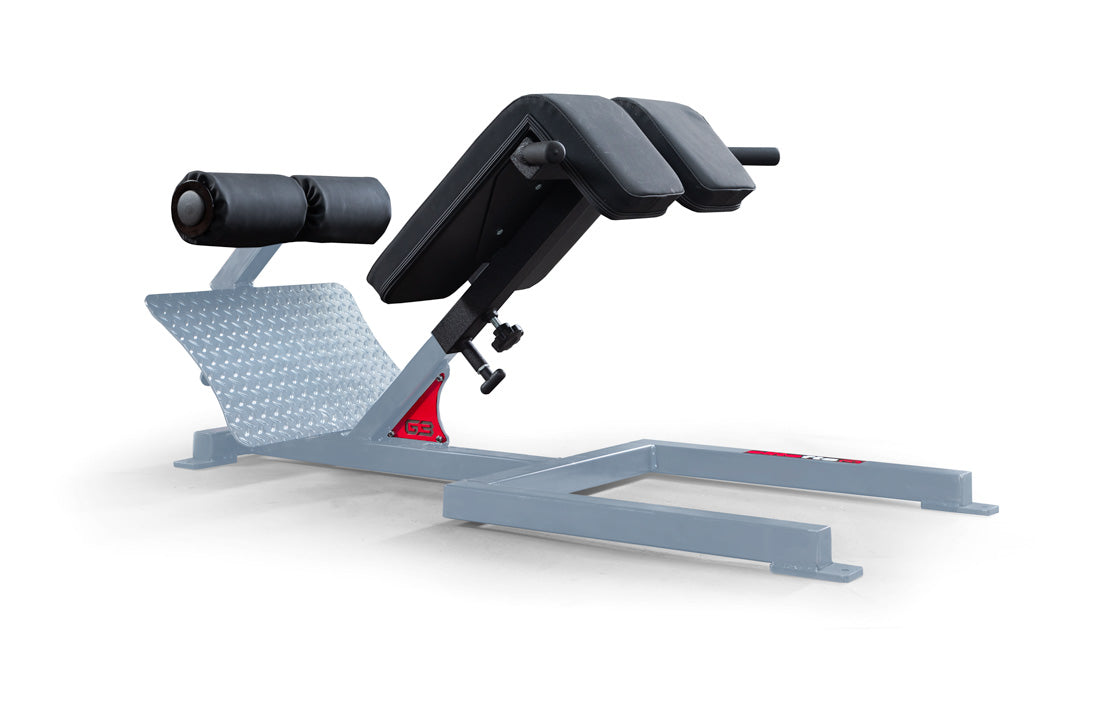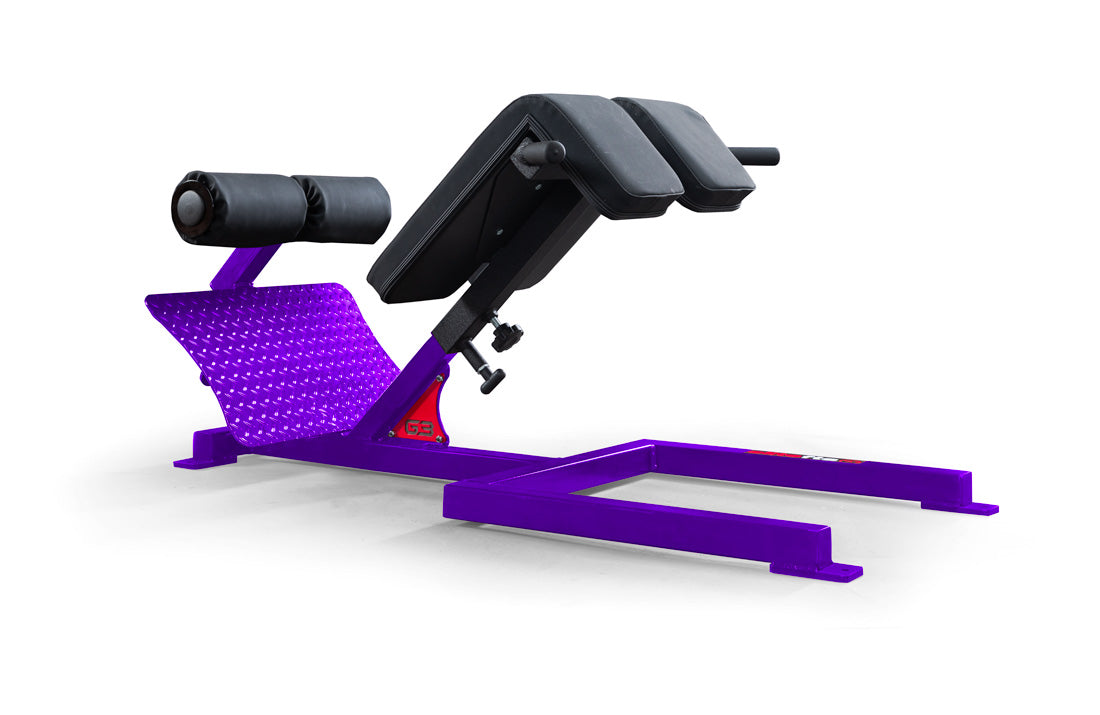There are many aspects to consider when designing a physical preparation program for team sports. Rugby has unique constraints to work with since the set pieces, scrum, and lineout take up a large proportion of training time — especially the scrum since I have been told by a number of coaches that the physical demands of say, nine scrums in a session, are equivalent to 3 x 3 above 90 percent squat session in the weight room. This aspect certainly needs to be taken into consideration when planning to ensure they do not negatively impact each other.
Many running sports are tangential in nature, so in order to optimize transfer from the weight room to the field, both vertical and horizontal movements need to be considered. To this end, the program I am going to outline will look at elements of training to ensure all bases are covered.
RECENT: The Education Disconnect
Firstly, what are the key components to consider when designing this weight room program for the lower body? The key elements, I believe, are power and force development in two planes as well as both bilateral and unilateral movements, and lastly, but by no means less importantly, the engine room of explosiveness the posterior chain.
Strength development is a major injury prevention strategy of course, but specific muscles are additionally targeted by a range of movements that are part of the CARE program and are done at the conclusion of each session.
This is primarily an off-/pre-season training plan, so lower body will be targeted twice a week in conjunction with sessions designed by the forwards’ unit coach to improve scrum and lineout. I particularly like to use the power movements initially to act as a neural primer for the session, then, if possible, go immediately into the skill session, and then finish with the remaining elements of the lower body program. If this is impractical, then go from the weight room to the field.
So, the elements to consider are as follows:
- Power/Speed (speed-strength/strength-speed): vertical and horizontal
- Horizontal Force: primary (bilateral), secondary (unilateral option)
- Vertical Force: primary (bilateral), secondary (unilateral option)
- Posterior Chain: primary (bilateral), secondary (unilateral)
Core Accessory Rehab Exercise Program (CARE)
Choose five options from below. 2 x 10 reps on each.Core
- Half Turkish Get-Ups
- Windmills
- Rollouts
- Suitcase Deadlifts
- Combat Twists
- Weighted Sit-Ups
- Leaning Pallov Presses to overhead position on the TRX
- Flywheel Rugby Rippers
- Trunk rotation
- Copenhagen Planks
-
Crab Walks with Band - Lateral Lunges
- Nordics
-
Swiss Ball Leg Curls -
Banded Leg Curls - Hip Thrusts
-
Calf Raises - Petersen Step-Ups
- Week 1: 4 x 6 @ 70-80%
- Week 2: 4 x 4 @ 80-90%
- Week 3: 4 x 2 @ 90+%
There have been some exciting advances in equipment over the last few years. The Static Dynamic Jones Machine by Louie Simmons will revolutionize training for sport. I am very enthusiastic about combining the iso-dynamic squat with the inertial flywheel to take the physical preparation of rugby players to a new level, especially in terms of transfer from the gym to the field. After all, is that not what all training should be attempting to achieve?
Gym Inventory
RELATED: THIRST: Bringing Quality, Service, and Integrity to Terre Haute
Power: Vertical
- Squat Jump
-
Trap Bar Jump Shrugs -
Banded Box Squats -
Box Jumps - Depth Jumps
- Olympic movements and derivatives
Horizontal Force: primary (bilateral), secondary (unilateral option)
-
Prowler® - Scrum Truk
- Horizontal Squats
- Inertial Fly Wheel movements
- Squat variations
- Deadlift variations
- Step-ups
- Single-Leg Squat options
- Romanian Deadlifts
-
Glute Ham Raises -
Back Extensions - Nordics
- Bosch Hamstring variations
- Natera Hamstring variations
- Hip Thrusts
- Good Mornings
-
Reverse Hypers™ - Pullthroughs

















